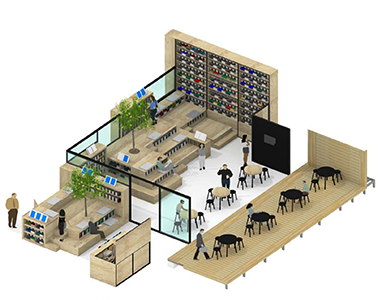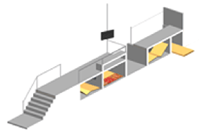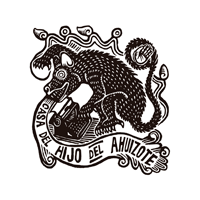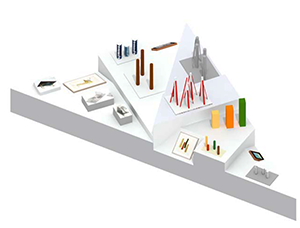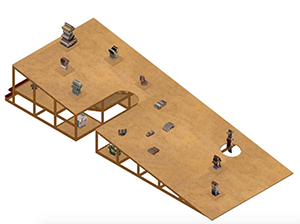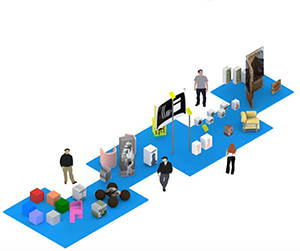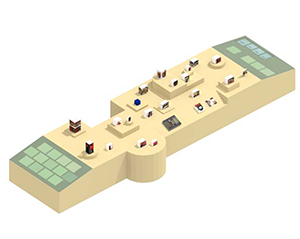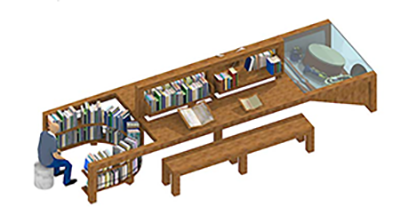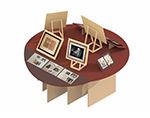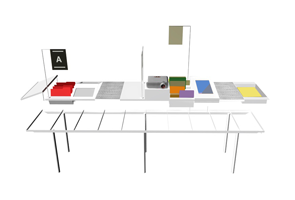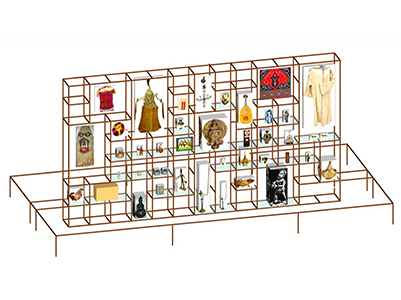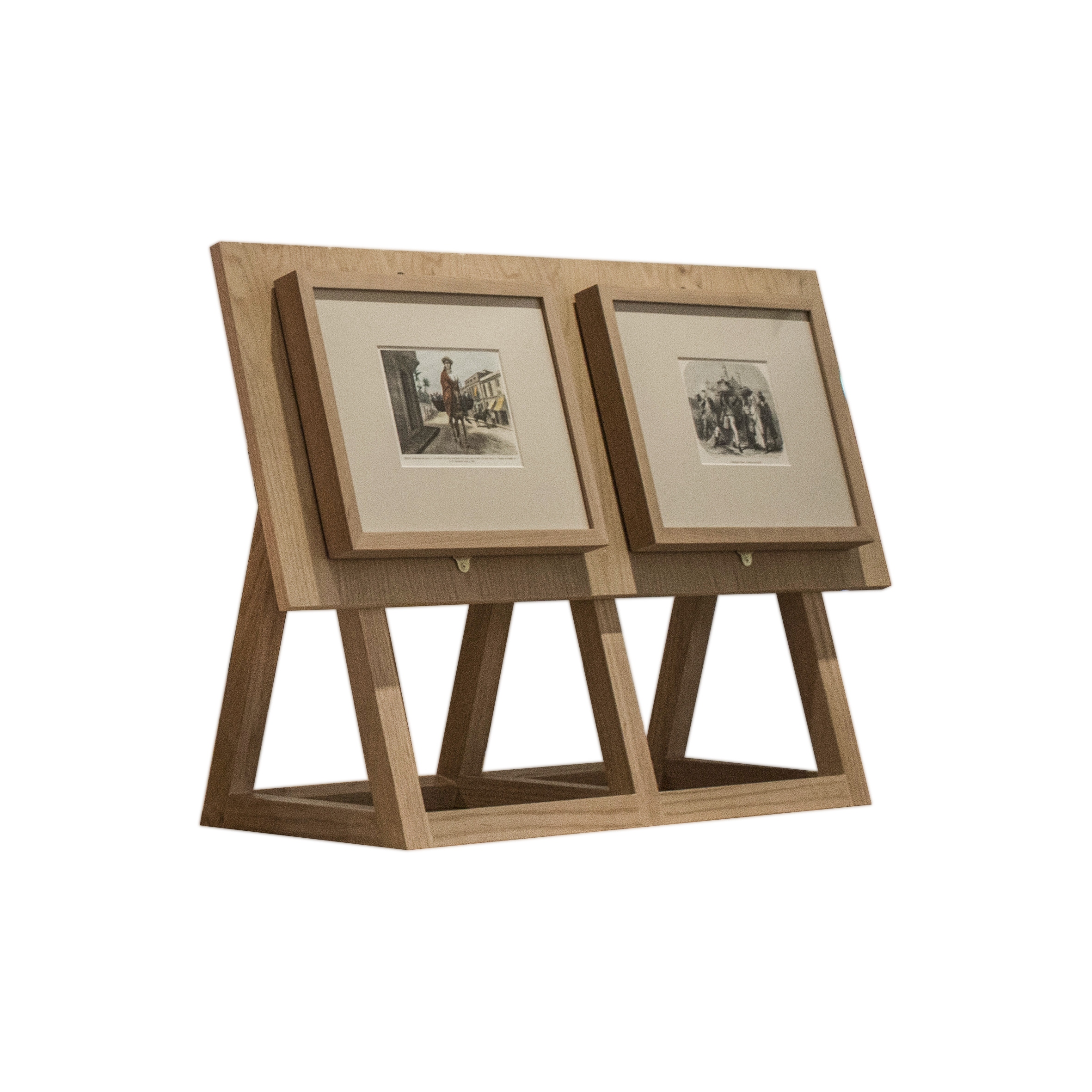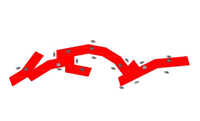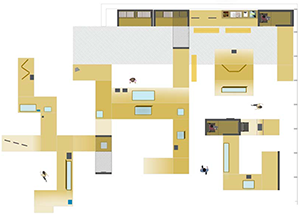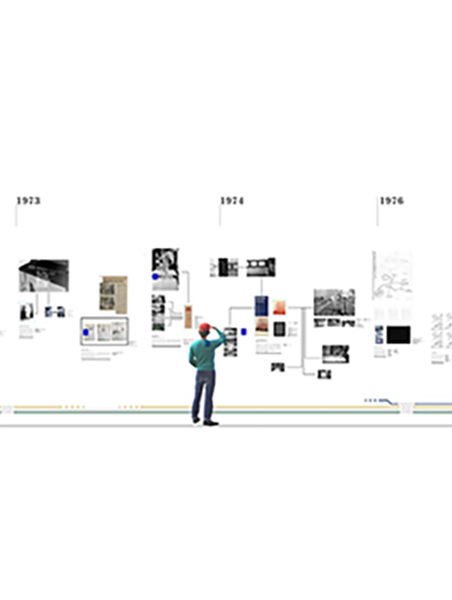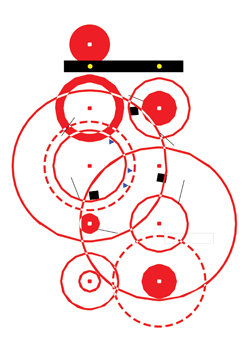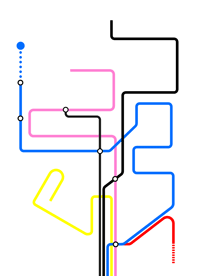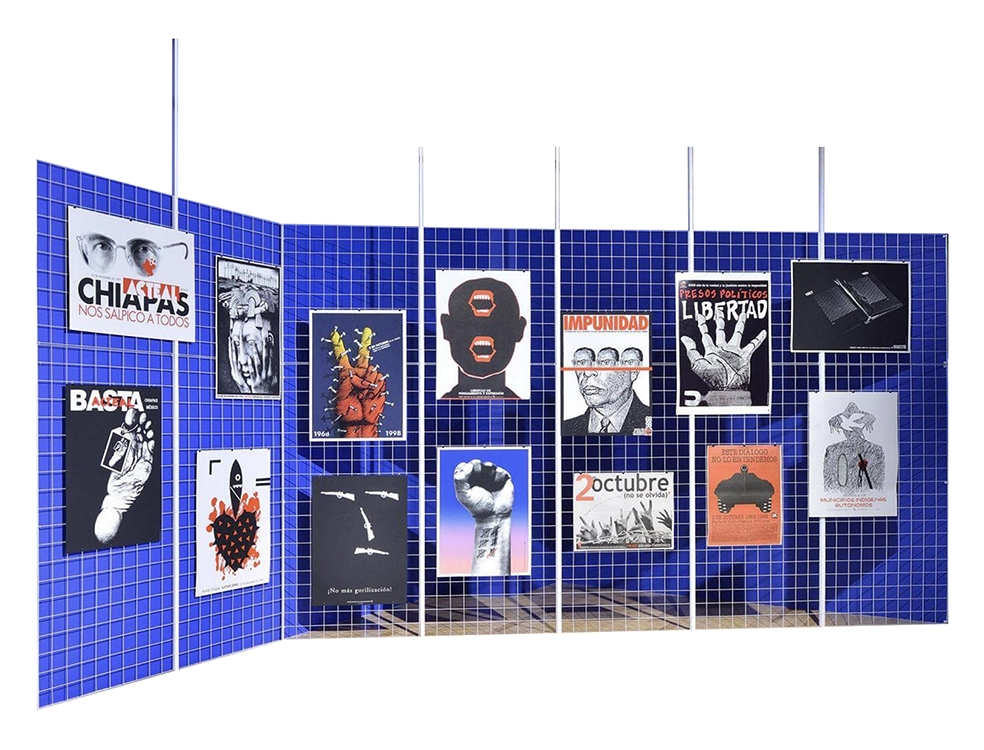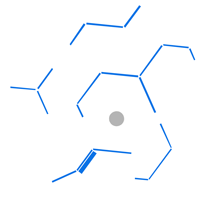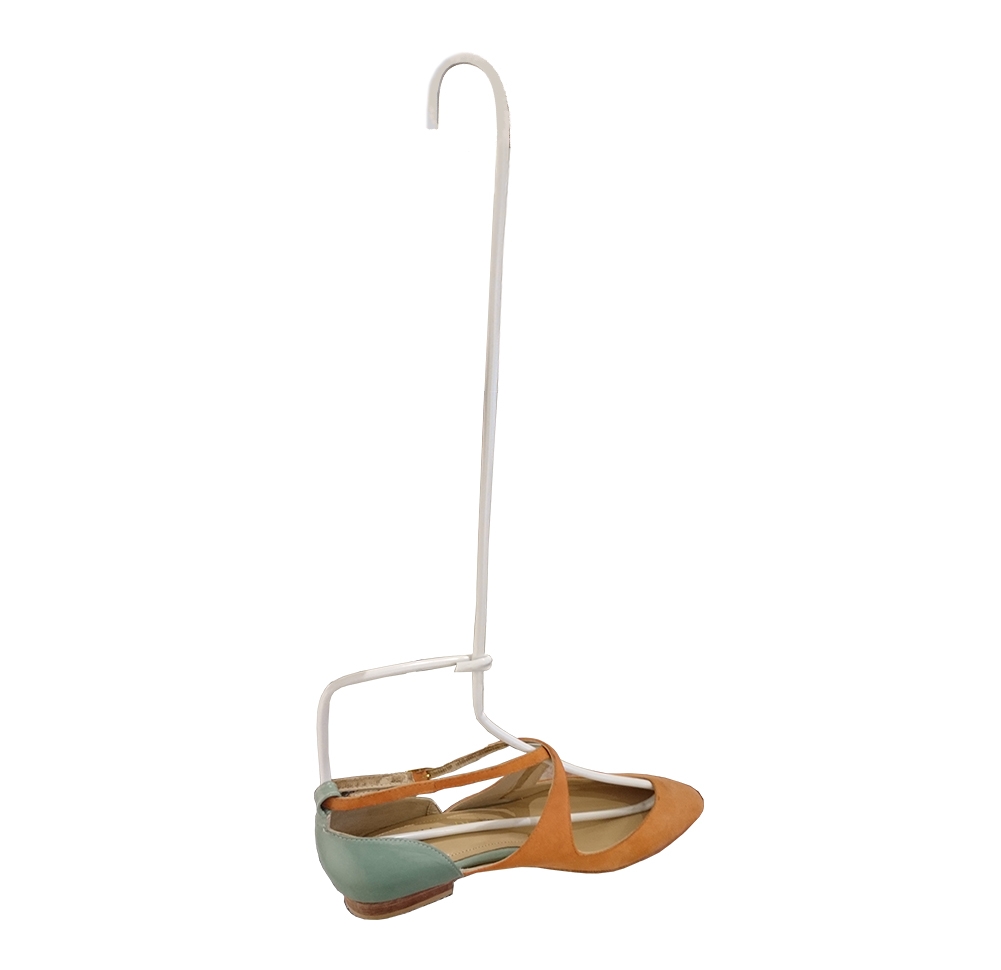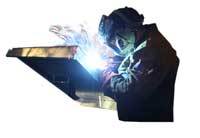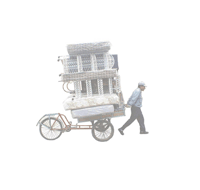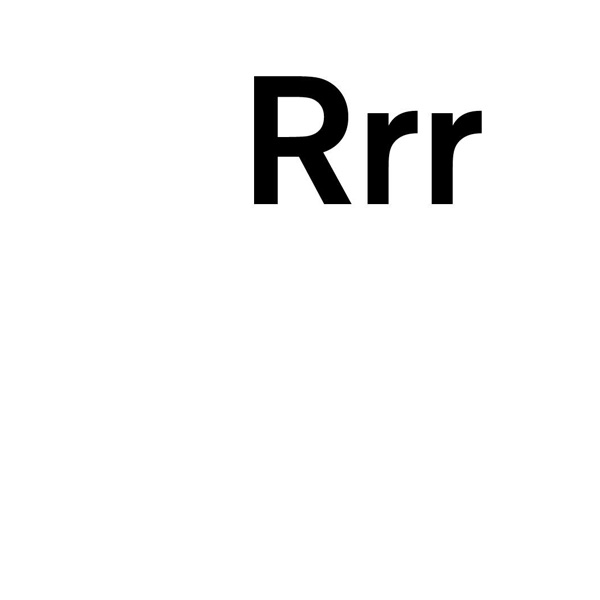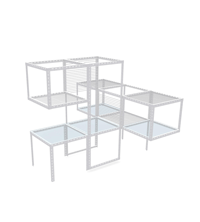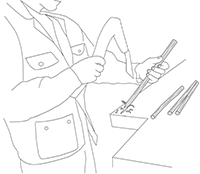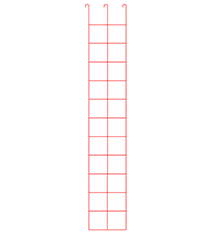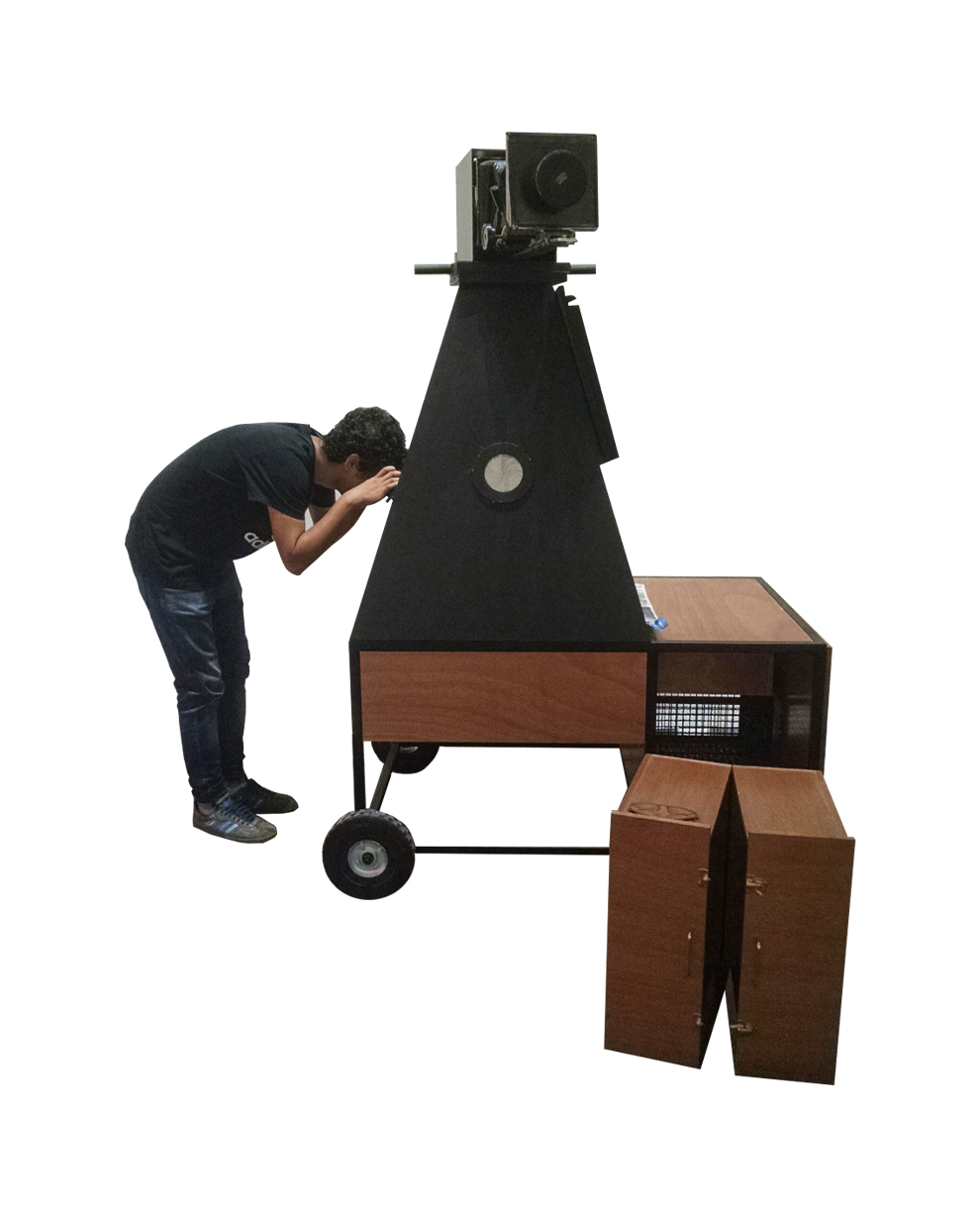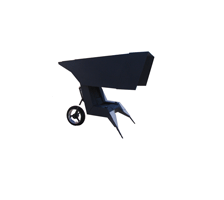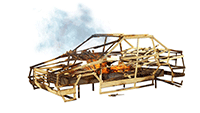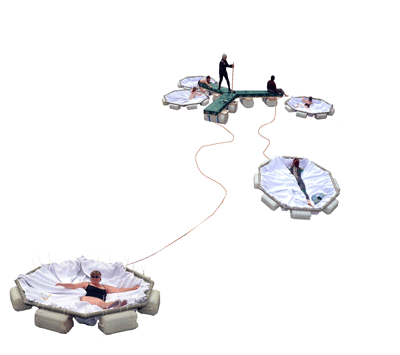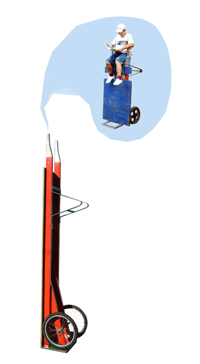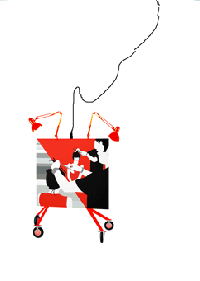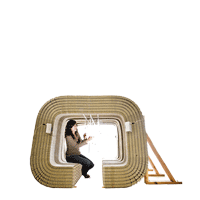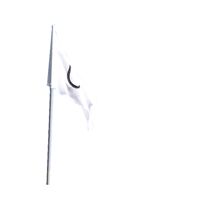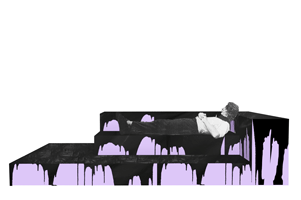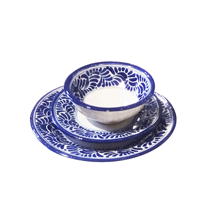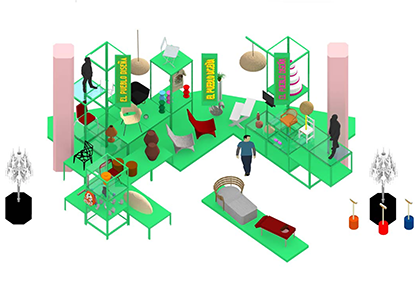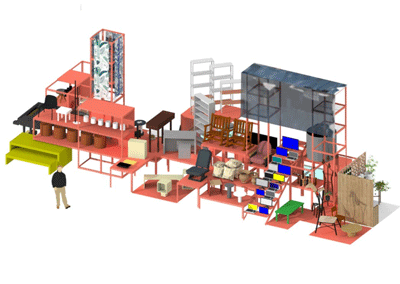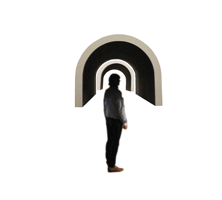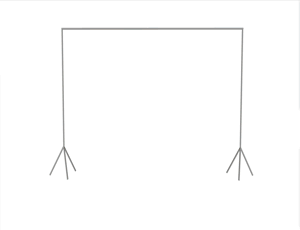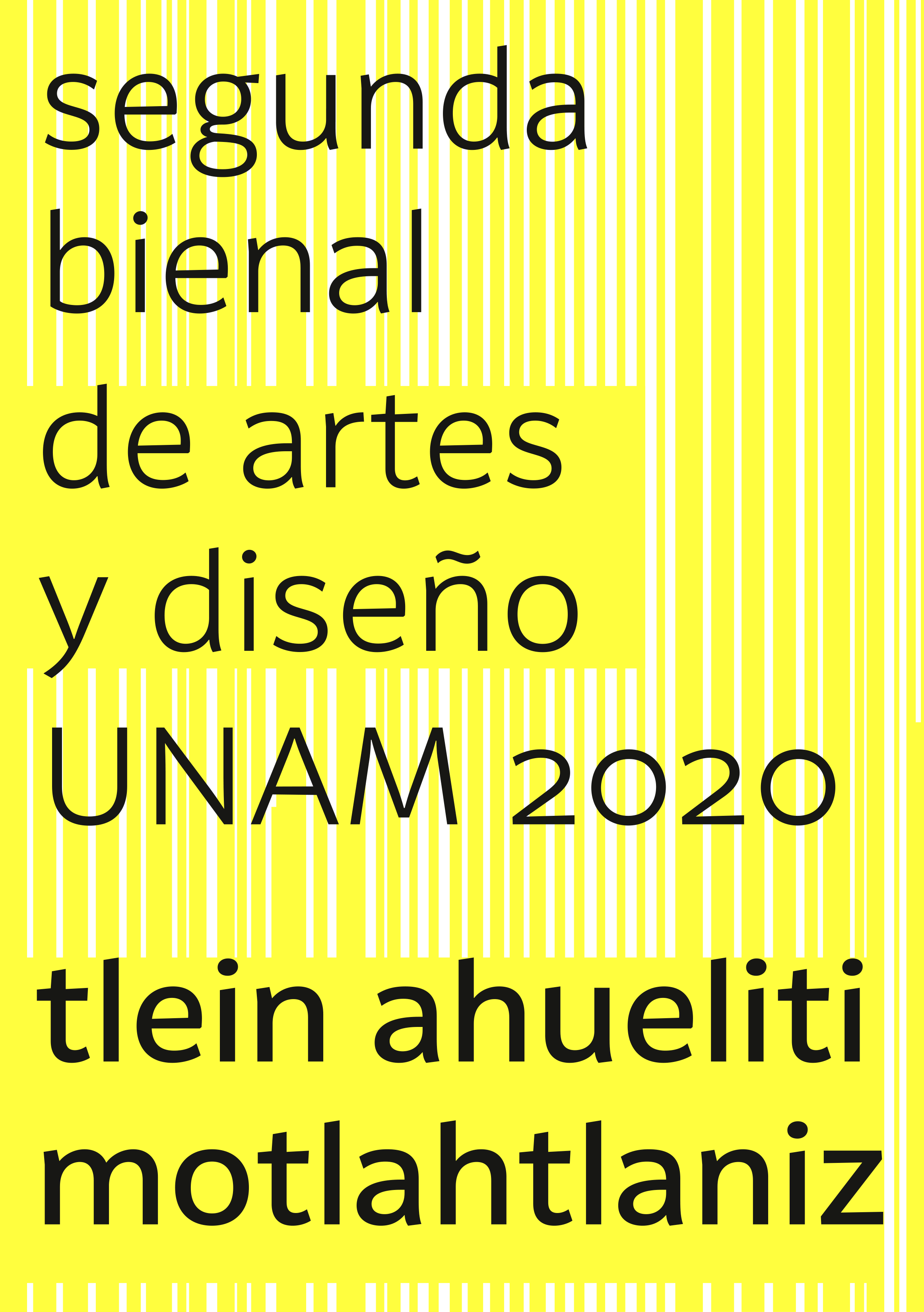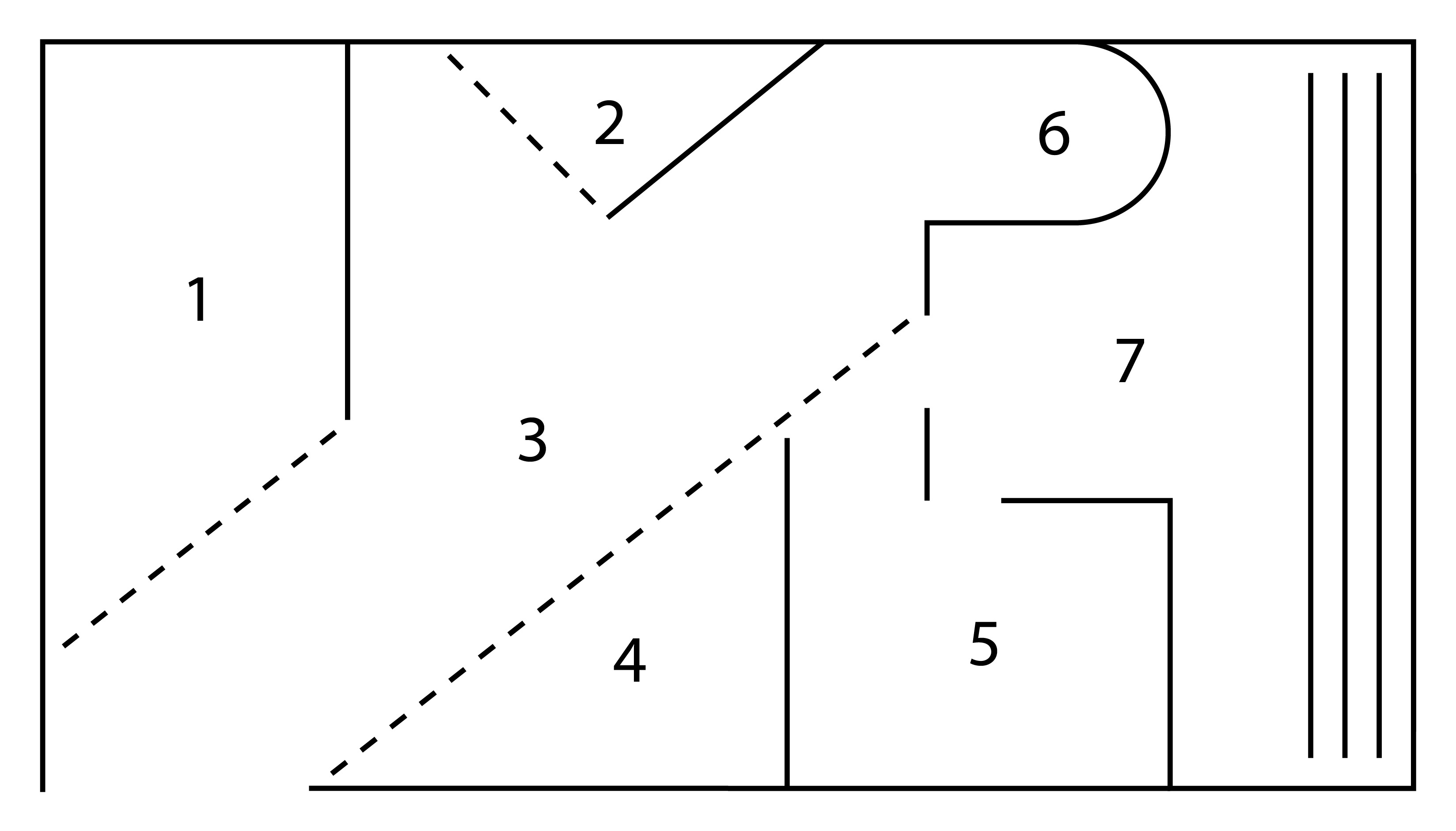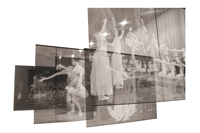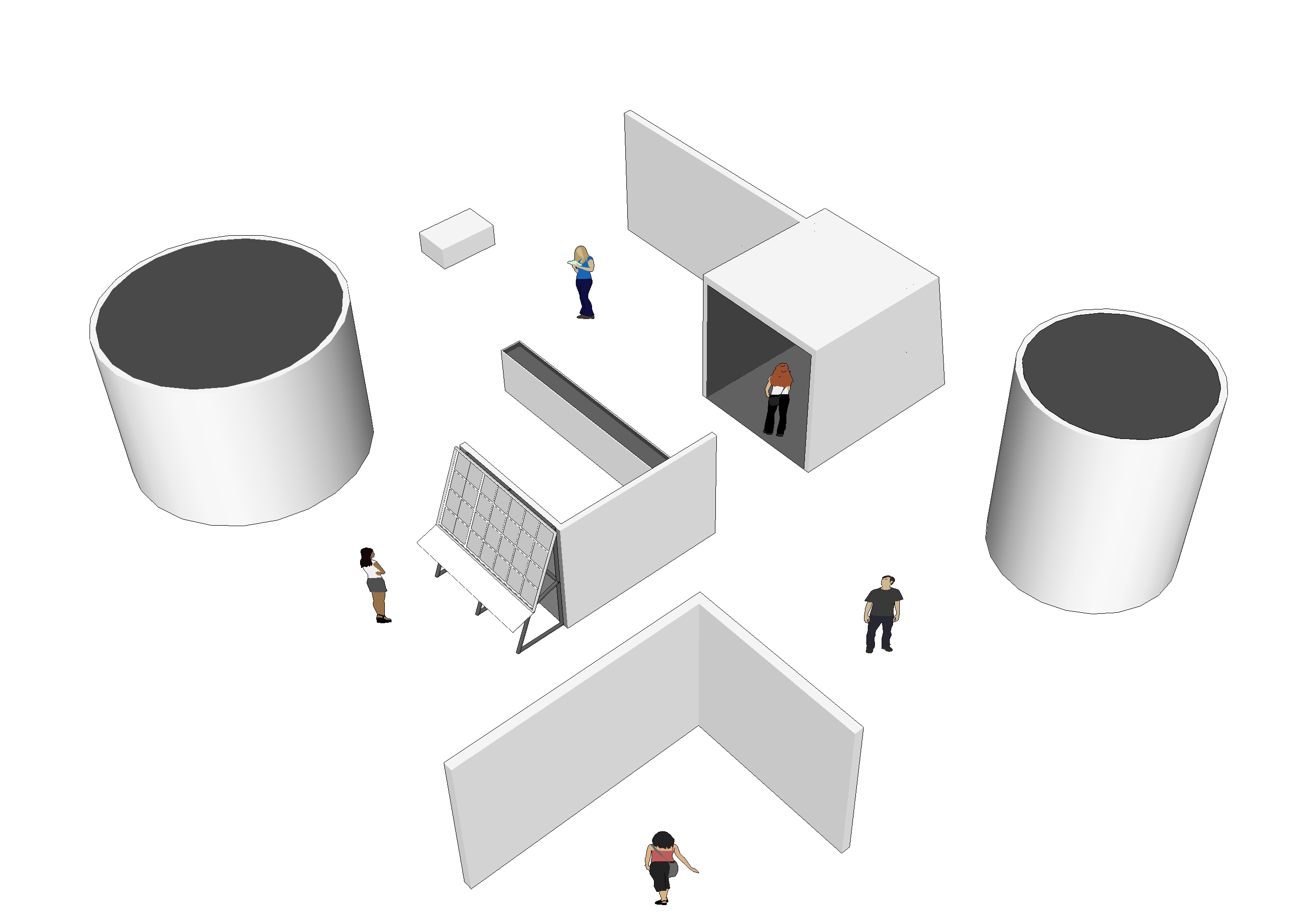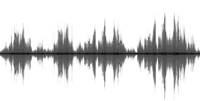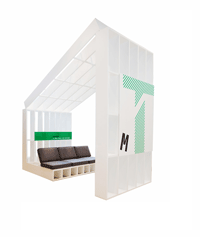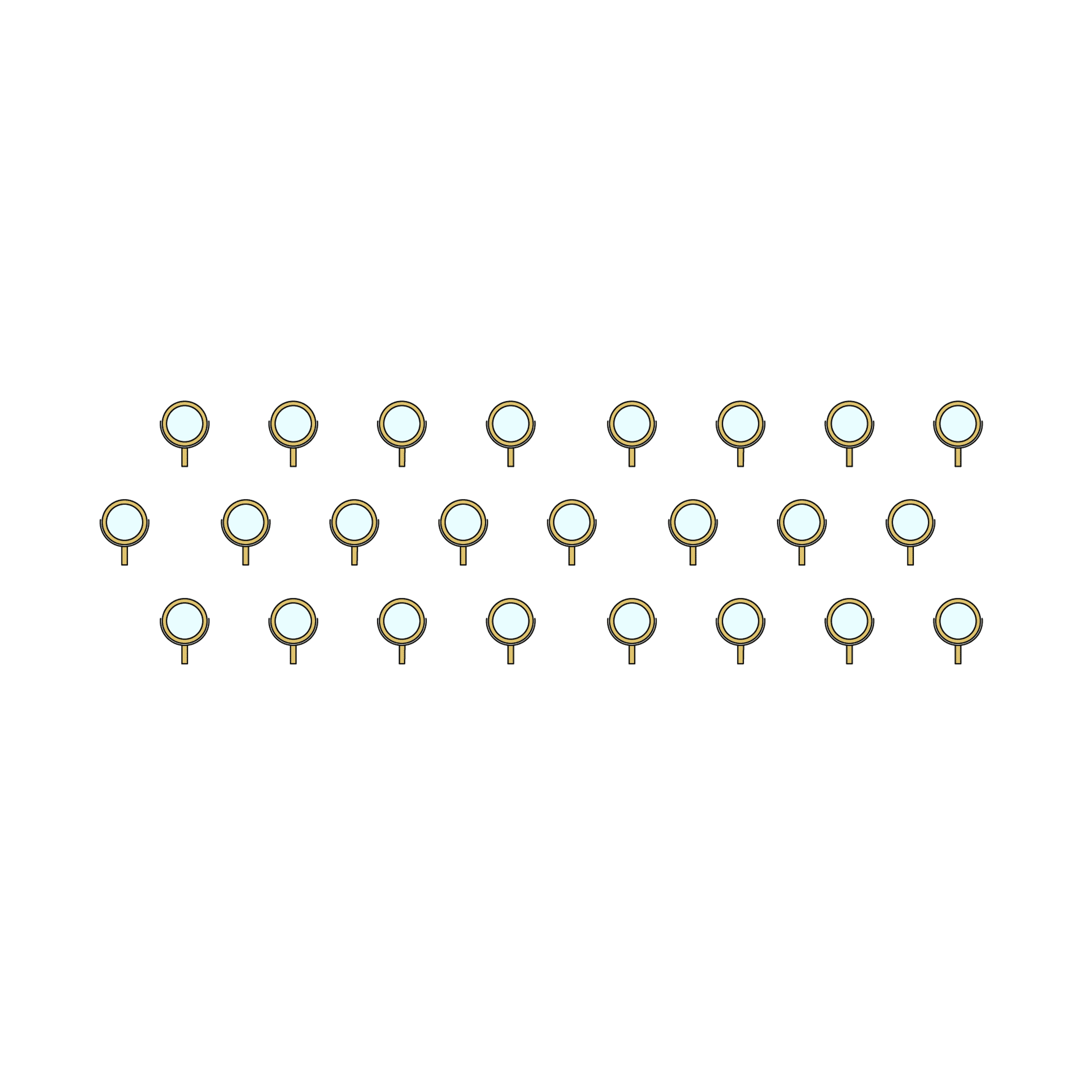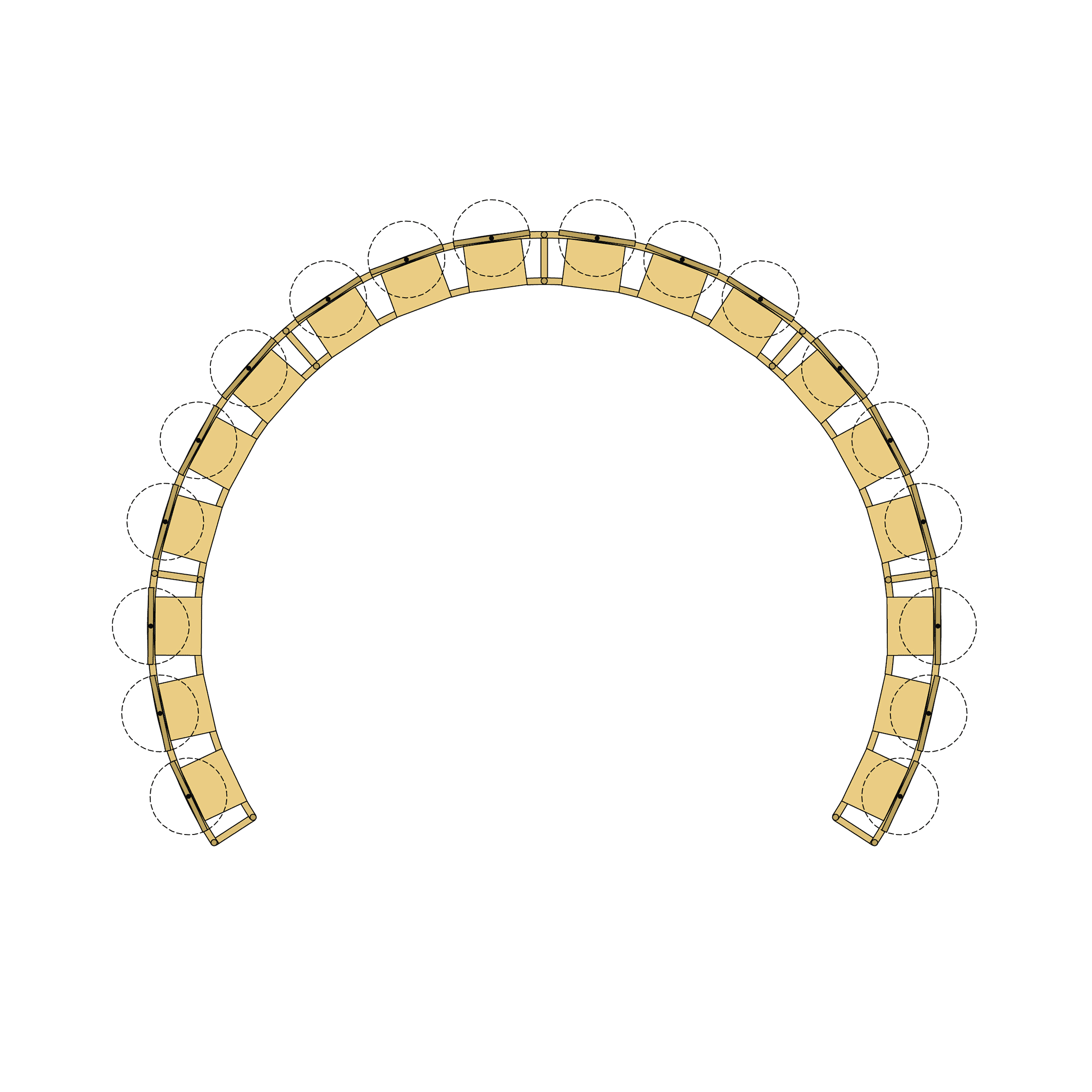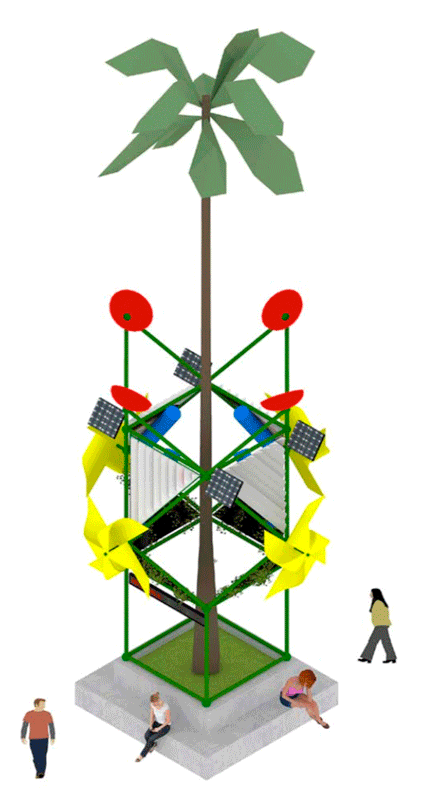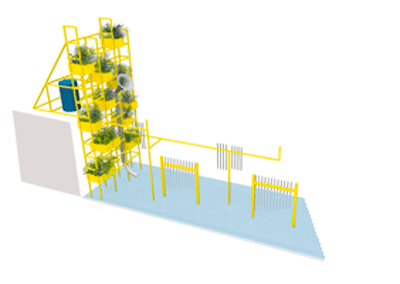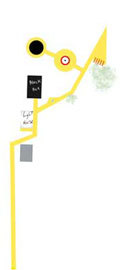This device was designed to generate interviews on the move, the person who drives the tricycle interviews the person who sits behind while touring the neighborhood, to encourage listening to oral histories of the neighborhood and record them. It was created as part of an educational program of community outreach that would operate in El Carmen neighborhood, hence the name El Carmelo, to generate a sound and audiovisual archive of the neighborhood, expand the museum's activities to the street and attract other audiences to the museum.
Objective:
The original objective of the project was to link the National Numismatic Museum (MNN) with the surrounding neighborhood, El Carmen neighborhood, through this device that promotes listening to and archiving oral histories. One person drives another around the neighborhood to tell them different stories about the street, their houses and the neighbors who inhabit them. We think of these oral histories as intangible heritage that must be recorded to nurture the museum's collection itself now including the stories of the inhabitants.
Concept:
El Carmelo was conceptualized within a broader museum renovation project developed by Germen Estudio for the National Numismatic Museum, this mobile was created as part of a general linking program that included a pedagogical program, an editorial program and a mobile program. With Carmelo we experiment with the creation of a mobile device for community engagement that can operate in different ways but whose specialty is the dissemination and collection of oral histories of the neighborhood as a way to link the museum with its direct environment. The visitor will not only learn about the museum, the museum can also learn from them, their stories are also important. In this way, an audio archive of these oral histories was also started to be collected, archived and exhibited in the museum.
Design:
After conceptualizing the project, we commissioned the design and construction of the vehicle / bicycle to Básica Studio, a studio located in the Merced neighborhood near the museum. According to Jesús López from Básica Studio: "The design responded to the project's guidelines but there was a good opportunity to imagine the strangest object that could fulfill the mission of "Calling attention in the streets of the chaotic historic center "
From a formal idea, materiality would be the determining factor in the possibilities of manufacture and it is here where the palm fabric played the most important role for the materialization of the object. A simple palm weave pattern handcrafted since pre-Hispanic times combined with the most popular speaker in the collective memory of the city's inhabitants structured the final narrative of Carmelo."
Team:
Conceptualization and production: Giacomo Castagnola, Erik López and Cristóbal García (Germen Estudio)
Design and construction: Jesús López and Eli Acosta / tricycle (Basic Studio)
Palm weave: Pan y rosas textiles
Hand painted texts: Martín Hernández Robles.
